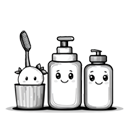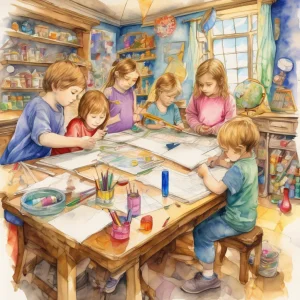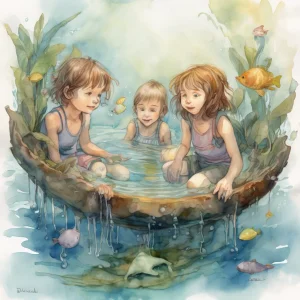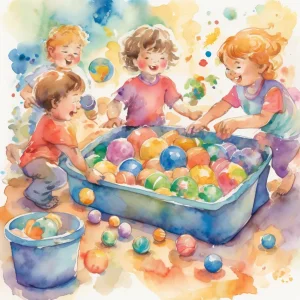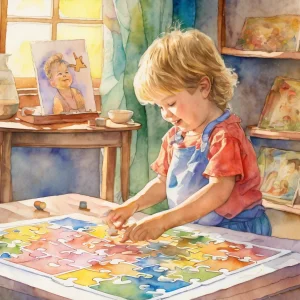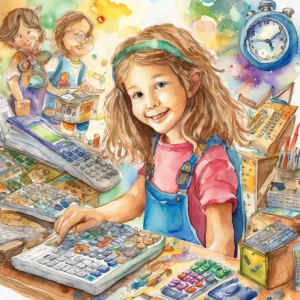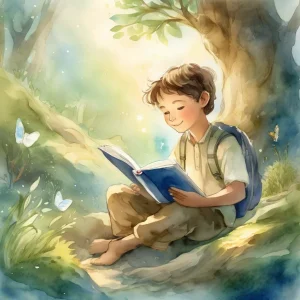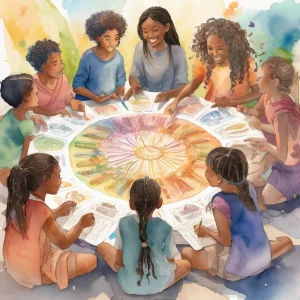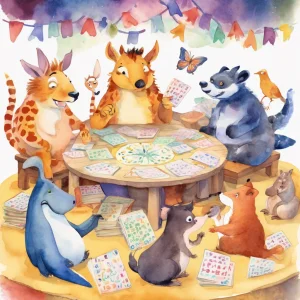Activity
Similar Activities
Enchanted Measurement Adventures: Measuring Real-World Objects Scavenger Hunt
Children’s Age: 5–10 years
Activity Duration: 10 – 20 minutes
An educational activity engaging children in measuring real-world objects through a fun scavenger hunt.
Activity Duration: 10 – 20 minutes
Nature's Objects: Exploring Buoyancy Adventure
Children’s Age: 6–7 years
Activity Duration: 10 minutes
An engaging hands-on activity for children aged 6-7 to explore buoyancy with natural objects.
Activity Duration: 10 minutes
Musical Straw Pan Flute Symphony Adventure
Children’s Age: 6–9 years
Activity Duration: 10 minutes
Create a homemade pan flute using plastic straws to explore music and physics concepts.
Activity Duration: 10 minutes
Enchanted Nature-Based Storytelling Adventure
Children’s Age: 0 month – 6 years
Activity Duration: 5 – 10 minutes
Let's have fun with Nature-Based Storytelling! Find a cozy outdoor spot, lay down a blanket, and bring a basket for collecting leaves and stones. Sit with your child, explore natur…
Activity Duration: 5 – 10 minutes
Whispers of Imagination: A Tale Unfolds
Children’s Age: 2–2.5 years
Activity Duration: 15 minutes
Join "Story Collage Time" for children aged 24 to 30 months, a creative activity fostering language development, play skills, and imagination. Gather child-friendly scissors, glue …
Activity Duration: 15 minutes
Sports Sorting Game - Athletic Vocabulary Adventure
Children’s Age: 2–2.5 years
Activity Duration: 5 – 15 minutes
The "Sports Sorting Game" activity is designed for children aged 24 to 30 months to boost language and adaptive skills. Set up by collecting sports items, containers, and creating …
Activity Duration: 5 – 15 minutes
Whispers of Love: Family and Friends Puzzle Match
Children’s Age: 3–4 years
Activity Duration: 10 minutes
"Family and Friends Puzzle Match" is designed for children aged 36 to 48 months to boost self-care skills, language development, and comprehension of family and friendship concepts…
Activity Duration: 10 minutes
Eco-Friendly Math Adventure: Crafting Math Tools & Challenges
Children’s Age: 6–7 years
Activity Duration: 30 minutes
Embark on the 'Eco-Friendly Math Adventure' for a blend of learning and eco-awareness! Gather recycled materials like cardboard, markers, and glue. Guide kids to create eco-friendl…
Activity Duration: 30 minutes
Nature's Tongues: Exploring Nature in Different Languages
Children’s Age: 4–6 years
Activity Duration: 15 – 20 minutes
Explore Nature in Different Languages is an engaging activity that boosts children's language and academic skills by immersing them in nature through multiple languages. Children w…
Activity Duration: 15 – 20 minutes
Empathy Tales: Cultural Storytelling and Communication
Children’s Age: 11–15 years
Activity Duration: 35 – 40 minutes
Explore the "Cultural Storytelling and Communication" activity for children aged 11 to 15, promoting empathy and language skills through diverse cultural stories. Gather picture bo…
Activity Duration: 35 – 40 minutes
Enchanted Nature Discovery: Sensory Nature Exploration
Children’s Age: 1.5–2 years
Activity Duration: 10 – 15 minutes
Engage your 12 to 18-month-old in the Sensory Nature Exploration activity, fostering their sensory development through natural exploration. Set up a sensory bin with sand or water,…
Activity Duration: 10 – 15 minutes
Magical Math Journey: Sensory Math Storytime Adventure
Children’s Age: 2–3 years
Activity Duration: 10 – 30 minutes
Let's embark on the "Sensory Math Storytime" adventure! This activity blends sensory exploration, storytelling, and basic math to make learning engaging for children. You'll need t…
Activity Duration: 10 – 30 minutes



